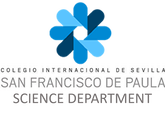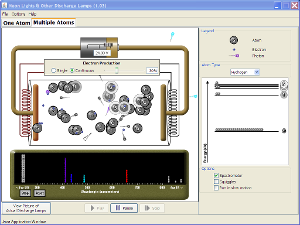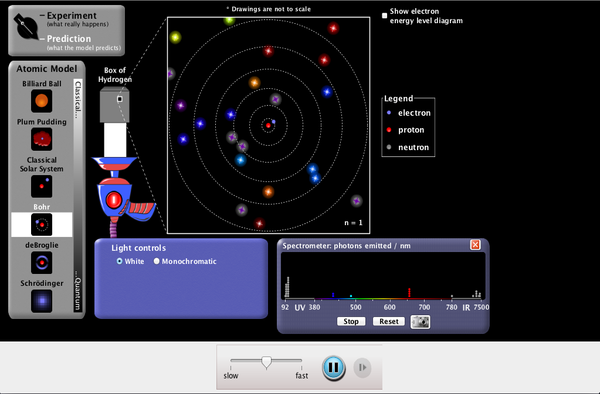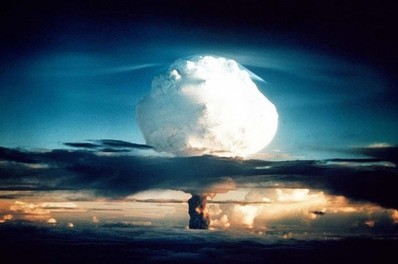Topic 2 - Atomic structure
Presentations
2.1 presentation
|
| ||||
2.2 presentation
|
| ||||
12.1 presentation
|
| ||||
| Selectividad answers from last slide of 12.1 |
How does a gas lamp work?
Model of the H atom
Nature of science
- Who defines the limits of the periodic table? IUPAC have recently recognised the existence of four new elements with atomic numbers 113, 115, 117 and 118. What is required to make these offical? When is there enough evidence? Does that mean the periodic table is full? Could there be an 8th period - LINK?
- LINK : North Korea recently claimed that they tested a hydrogen bomb as part of their nuclear programme. Who is responsible for the uses of new technology? Einstein was evolved in the creation of atomic bombs that were eventually used to kill thousands of people in Japan. Was he partially responsible for the deaths?
Questions
Whole topic
|
| ||||
2.1 The nuclear atom
|
| ||||
Selectividad






